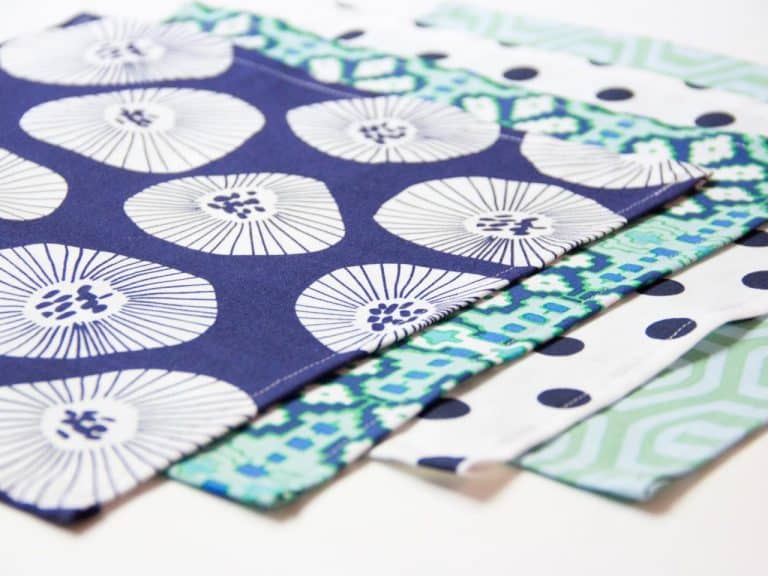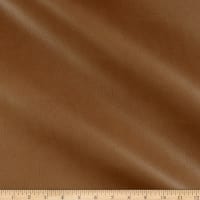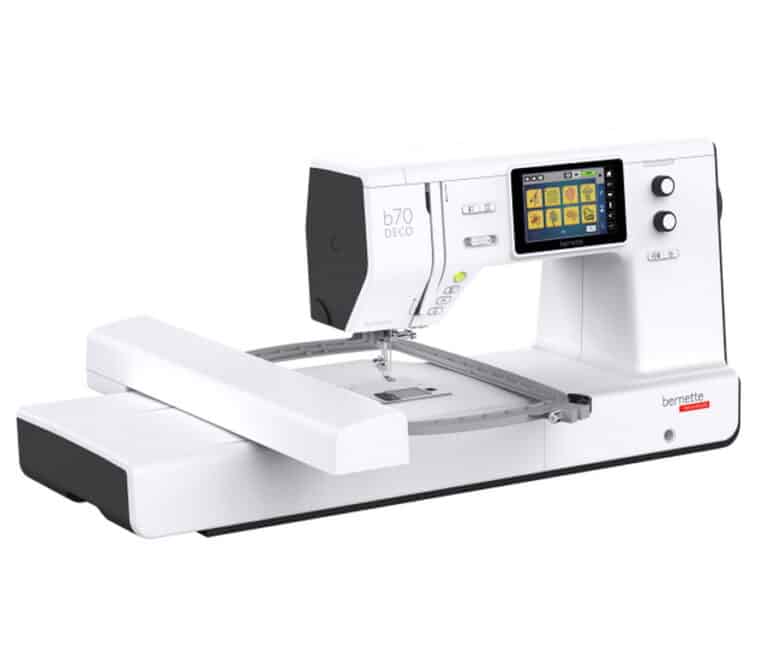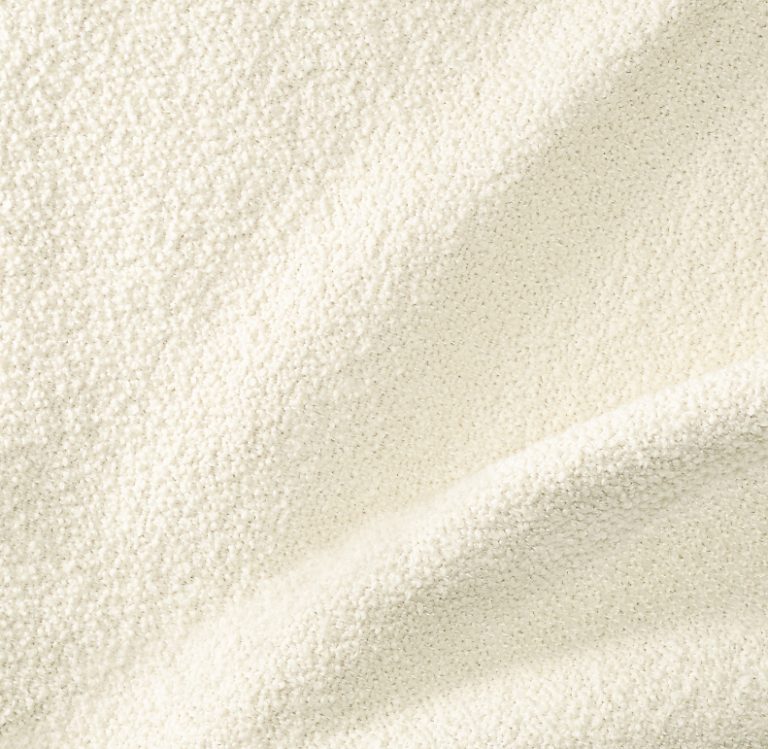DIY Carpet Binding

Table of Contents
KEY TAKEAWAYS
- DIY carpet binding is a cost-effective way to repurpose old carpets and turn them into useful area rugs.
- Carpet binding allows for creativity and customization, as there are no limitations on size or design.
- Regular maintenance and proper cleaning techniques can prevent carpets from fraying and prolong their lifespan.
Trim the Carpet
- Stack some corrugated cardboard layers to use as a base.
- With a straightedge and a marker, determine where you want to cut it.
- Use a sharp utility knife or a carpet knife to cut the carpet remnant. Take the help of straightedge to ensure clean and straight cuts.
- Plot 90-degree corners on the carpet using a T-square and trim the edges to make all sides perfectly straight.
- Brush off any loose fibers.
Apply Binding Tape
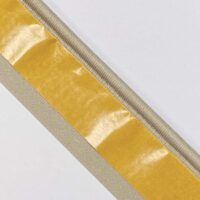
- Trim the end of a strip on binding tape with scissors and peel back about 6 inches off the protective paper.
- Start applying the tape from the middle of an edge of the rug. Slide the sticky side of the tape under the carpet, pressing it down on the underside of the rug.
- Continue this process around the rug, ensuring that the binding tape is pressed firmly onto the carpet. Keep releasing the binding tape from its protective paper in 6-inch increments.
- Work your way around the carpet by pressing the adhesive along the edges till you reach the starting point.
- Trim the tape with scissors such that the beginning and ending point touch.
Tape the Corners
- At the corners, extend the binding tape and peel about 2 inches off the protective paper.
- Cut the tape at the corner and bend it around the corner, pressing the sticky side onto the back of the carpet. The cuts in the binding strip should ease the binding tape onto the curves in the rug.
- Once you’ve gone all around the rug, cut off the binding tape to fit against your starting point.
Glue the Binding
- Put on work gloves to protect your hands from the hot glue.
- Place a tiny dab of glue between the carpet edge and the raised part of the binding.
- Press the binding into the rug with the help of a scrap of wood until the glue cools down. Continue this process around the carpet until all the edges are well bound.
Benefits of DIY Carpet Binding
Now that we know how to use just a few basic supplies and bind our carpets easily let us discuss the advantages of DIY carpet binding.
Reduce Wastage
People often end up tossing away their old carpets, unaware of the alternatives. DIY Carpet binding gives you a chance to save your old rugs from getting wasted completely. You can modify your used carpets with some basic tools and create a new area rug.
It also reduces the use of fossil fuels. If you buy new rugs, their manufacturing process will involve fossil fuels. However, upcycling your old carpets by binding them gives you a new rug without wasting energy.
Creativity
Rugs can completely change the vibe of your room. If you’re someone who tries to maintain the same aesthetic throughout the house, you might be struggling to find similar carpets for every room.
Carpet binding gives you the freedom to go beyond standard dimensions and designs. You can choose the type and size of the carpet you’d like and turn it into an area rug with binding. Unlike regular carpets, there are no limitations on size, etc.
Functionality
Area rugs are not just meant for the beautification of the space. They are also pretty functional. They help keep our feet relieved on hard surfaces. These rugs are comfortable and practical.
Cost-Effective
Area rugs are generally a bit pricey. Finding the right-sized area rug is difficult anyway. We often come across the right size but still don’t buy the rug as they are usually expensive. Regular carpets are not as costly.
You can always pick a carpet you like and then do some DIY carpet binding to turn it into an area rug. It is much cheaper to convert a carpet by binding it than purchasing an area rug.
Workmanship
How often is it that we get to show off our working skills? Turning old carpets into area rugs is pretty simple. It requires fundamental tools and skills. You do not need to be an experienced craftsman for DIY carpet binding.
All you have to do is invest some time and resources. Your carpet binding will be complete in no time at all. The steps are also pretty simple to follow. You can take pride in your artistry and brag about your creation.
What Causes a Carpet to Fray?
When carpets begin to wear out or unravel at the edges, it is known as fraying. It changes the look of the carpet and reduces its charm. Although you might wonder, what causes carpets to fray?
Friction and Grinding
If you don’t clean your carpets well or don’t take care of them, it leads to fraying. The tiny particles of dust, dirt, and debris settle themselves into the fibers of the carpet. They grind into the carpet, leading to friction against the fibers when walked on.
This friction causes the carpet fibers to unravel and fray. It is crucial to make reasonable efforts for the maintenance of your carpets. Cleaning the rugs once every six months can prevent issues such as fraying.
Space
Carpets need their space. If you place carpets in the high traffic areas of your house, you may begin to notice some fraying. It is always better to place other objects at a distance from the carpets.
Vacuum Cleaning
Vacuum cleaning may be very convenient, but it is not the best option for your carpets. The brushes of a vacuum cleaner are designed to separate the carpet fibers and clean out the debris from between them.
If the beater bar is set too low, the brush will have a pretty harsh effect on your carpeting and can ultimately lead to fraying. The brushes should be set at a sight where they only glance across the surface to avoid any possible damage.
Dragging Furniture
While moving furniture around, always be cautious of the carpets. Dragging or sliding furniture across a carpet is bound to cause harm. It will lead to fraying of the fibers. It would be best to pick up your furniture instead of dragging it and causing friction on the carpet.
What is Rug Serging?
Rug serging is another effective way of dealing with worn-out carpet edges. It is also known as overlocked stitching. Serging the edge of your carpets will give the seams a hand-sewn look. However, it is mainly done by a heavy sewing machine.
A serged edge is essentially a continuous wrap of yarn with a finished width of almost ⅜ inches. These edges do not merge into the carpet and draw attention to them. Serging is a pretty quick and straightforward method of dealing with imperfect or uneven edges.
Rug serging is commonly seen on manufactured area rugs. Many people say that it provides a more high-end look than binding.
What is Rug Fringing?
Fringing is considered a pretty iconic treatment for area rugs. You may recognize it from its long-fringed tassels generally done in a neutral color.
While it is necessary for hand-knotted rugs, it does not serve any function on machine-made rugs. In hand-knotted rugs, the fringing serves as the backbone of the rug. In machine-made rugs, the fringing is usually used for decoration and does not offer any practical purpose.
Fringing is stylish, but it is not very easy to maintain. If you clean those edges with a vacuum cleaner, they will most likely get sucked into the vacuum and tangled up. Moreover, the stain quite easily.
What is Carpet Binding Tape?
Carpet binding tape is a unique kind of tape that helps in binding the edges of carpets, area rugs, runners, and staircases. The binding is done to prevent them from fraying or unraveling and making them more attractive.
Binding tape is generally made of either cotton or polyester. It comes in many different colors, so you can pick one that matches your carpet the most. Often, this tape is also used in recreational vehicles such as boats and cars.
Carpet Cleaning Tips
Cleaning a carpet is not an easy task. Nevertheless, it is necessary to clean out your carpets routinely to avoid fraying and wearing out. Let us look at a few tips that can help in cleaning rugs.
Blot Stains
As soon as we notice a spill, our first instinct usually is to start rubbing. When it comes to carpets, you should resist the urge to scrub them off immediately. A better option would be to gently blot the stains with a cleaning solution on a cloth, sponge, or paper towel.
Dabbing the trains reduces the pressure on them, allowing you to soak it up easily. Rubbing, on the other hand, causes the particles to get pressed onto the fibers. It further leads to premature breakdown of those fibers.
While blotting, be careful and always blot from the outer edge of the stain towards the center. Moving outwards from the center may cause the stain to spread further across the carpet.
Dish Soap
Getting rid of grease stains on carpets can be pretty challenging. However, with the right products and techniques, it might be super simple. The answer to your greasy woes lies in your kitchen.
All you have to do is take a cup of warm water and mix some grease-cutting dish soap in it. Once the solution is completely dissolved, pour it into a spray bottle and spray onto the greasy stain.
Then, blot the stain with a cloth, paper towel, or sponge. Depending on how stubborn the stain is, you may have to perform the process multiple times.
Hydrogen Peroxide
Bloodstains are some of the most difficult ones to get rid of, but you should not worry, as we have a neat trick for you. Hydrogen peroxide works like a charm in getting rid of the blood.
Once the blood dries out, apply a solution of water and detergent on the stain. Then, with the help of a butter knife, scrape off the blood from the fibers. If the blood still doesn’t come off, you could use full-strength hydrogen peroxide.
As soon as hydrogen peroxide contacts the blood, it will start to foam and fizz. Let it stay for a minute and then blot up the remaining blood.
Club Soda and Vinegar
If you’re looking for ways to do away with wine and beer stains, club soda is here to make your life easier. You need to pour out some club soda onto a clean cloth and blot the stain. If it starts getting lighter, repeat the process.
In case this doesn’t work for you, combine equal quantities of white vinegar and water. Pour this solution into a spray bottle and spray it directly onto the stain. After about 15 minutes of waiting, soak up the solution along with the diluted stain. You may have to repeat the process a few times for the best results.
Ice
If you’ve never had to deal with chewing gum getting stuck on your carpet, count yourself lucky. However, if you ever encounter such a situation, turn to your freezer and grab a few ice cubes.
Pressing ice cubes against the gum for up to 45 seconds freezes the gum. Once it turns into a frozen solid, lift it with the help of a spoon. Then, use a sharp knife or a pair of scissors to cut the carpet fibers, as little as you can, to get rid of the gum.
Iron
Candles burning within the house can sometimes end up depositing melted wax onto the carpet. When it falls on the carpet, it eventually hardens and gets embedded into the fibers.
The best way to do away with such wax is by heating the solid wax into a semi-solid state once again. All you have to do is place a white cloth over a warm clothes iron. Then set the iron over the wax till it melts.
Finally, scrape off the softened wax with a comb or a butter knife. An important factor to remember here is to set your clothes iron to the “no-steam” setting.
Shaving Cream
Shaving cream is generally considered to be an excellent solution for dealing with carpet stains. It works on pretty much every type of stain. Just apply the scream directly onto the stain and leave it on for 30 minutes.
Once it sets, blot the area with a dry cloth. Then, spray the area with a mix of equal quantities of white vinegar and water, and wipe away the solution with a cloth.
Closing Thoughts
DIY carpet binding is an excellent way of using up carpet remnants. It can save your money while simultaneously saving the environment. The next time you find your carpet unusable, pick up a pair of scissors, get some binding tape, grab a glue gun, and get to work.
It is a swift and easy process that requires little to no skills. Even if you have no previous experience in craftwork, you can use up your carpet remnants to create an area rug. What are you waiting for? Make your very own customized rug now!


